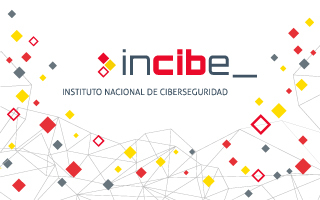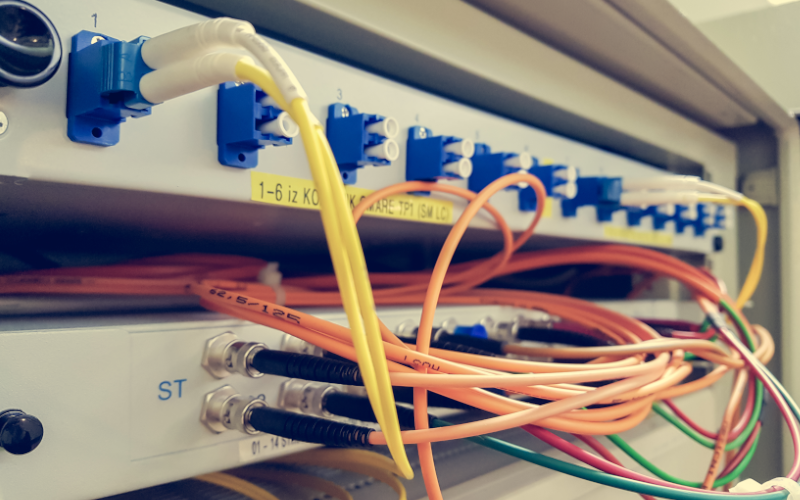

The digital twins are virtual recreations of real-world objects or processes. This innovative idea, proposed by Dr. Michael Grieves, has become increasingly relevant in various industrial sectors thanks to the advancement of technologies such as 3D modelling, the Internet of Things (IoT), the IIoT (Industrial Internet of Things), machine learning and big data. Its application makes it possible to simulate and analyse physical processes efficiently, thus contributing to the digital transformation of industry, also known as Industry 4.0.
The fundamental purpose of digital twins is to facilitate the understanding of how elements operate in the physical world. For example, in manufacturing, it is possible to create a digital twin of a factory and through simulations explore different scenarios: what would happen if a machine were modified, how would it impact production, and what would happen if a machine were changed? The digital twin provides answers before real changes are made to the physical environment, speeding up decision-making and optimising processes.




UMAS (Unified Messaging Application Services) is a Schneider Electric (SE) proprietary protocol used to configure and monitor Schneider Electric programmable logic controllers (PLCs). While it is true that the protocol is related to this manufacturer, the use of the protocol is quite widespread in different sectors, especially the energy sector, as is obvious.
The article will focus on the technical breakdown of the protocol and the use of the protocol. The article will also show weaknesses, strengths and some technical vulnerabilities detected in this protocol.

In the complex web of network infrastructure, the Internet Routing Registry (IRR) stands out as an essential component, playing an important role in the coordination and security of routing policies. Its benefits are significant in building a cyberspace free of spoofing-type attacks. Knowing how to create and maintain objects in the IRR is essential for operators of Internet infrastructures. This article presents its fundamental elements and the tools that help in its life cycle

There are currently many standards and regulations in the industrial sector. A wide variety of them allow industrial organizations to check their level of maturity, such as IEC 62443, or to improve the security level of the organization through the application of a series of guidelines, good practices or guides, as in the case of the NIST Framework.
Given the growth of the industrial sector, and the increase in capabilities, both in production and connectivity, thanks to the consolidation of Industry 4.0 and the emergence of Industry 5.0, industrial environments are in the focus, not only of technological improvements, but also of cyber-attacks.
The application and implementation of the IEC 62443 family, in combination with the NIST Framework, will enable organizations to reduce, mitigate and control the possibility of suffering a cyber-attack by implementing the controls and best practices defined in both standards.


The UN R155 and UN R156 regulations are of vital importance for vehicle cybersecurity. From July 2022, all car manufacturers that want to be type-approved must comply with both regulations, but from July 2024 this requirement will be extended to all new vehicles sold in the European Union, regardless of when the manufacturer obtained type-approval. One of the most important aspects of compliance with both regulations is the completion of a cybersecurity risk assessment of the vehicle, including all integrated components of the vehicle's supply chain. On the other hand, it also specifies how to incorporate cybersecurity from design, how to detect and respond to incidents, how to securely update vehicle software, etc.



